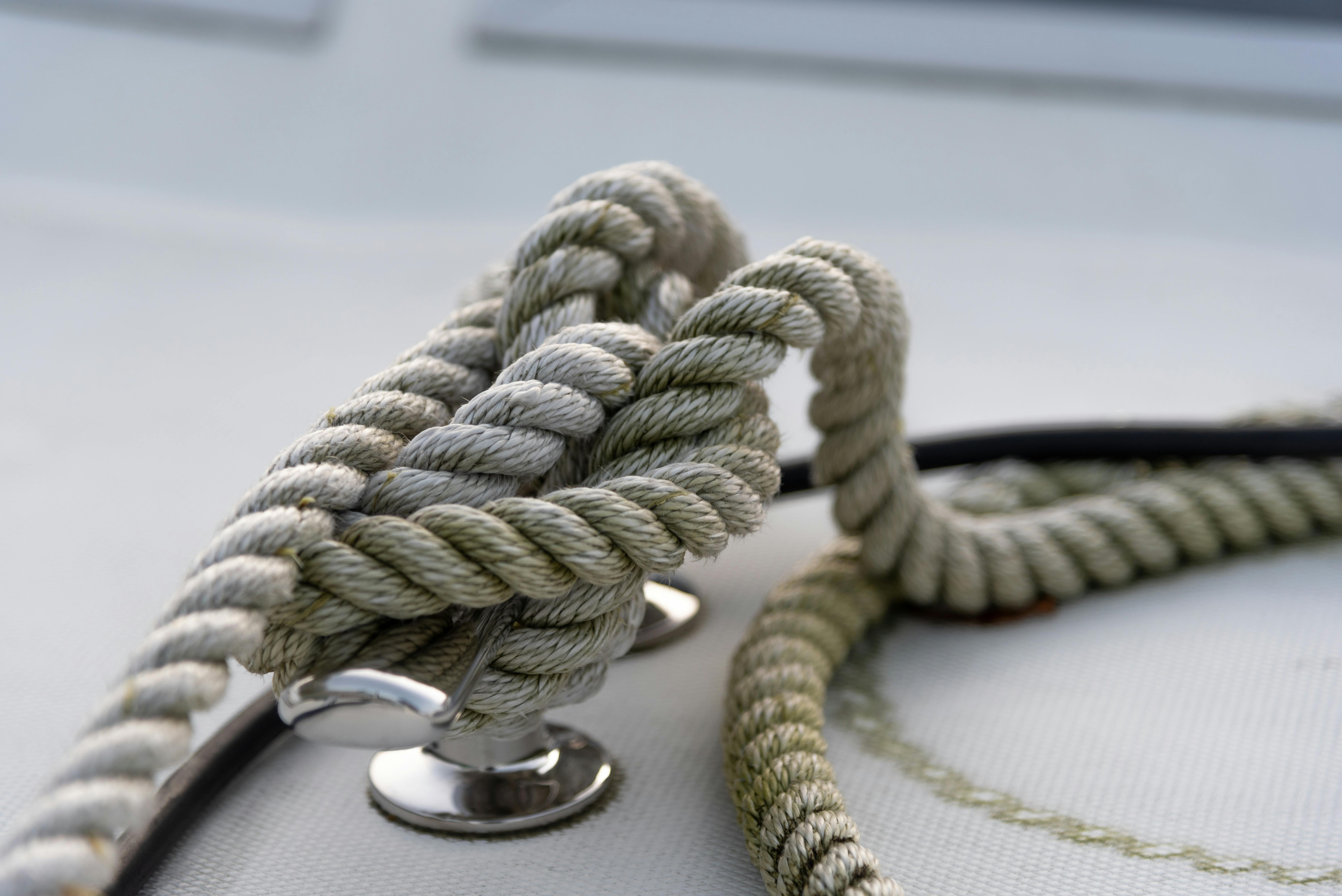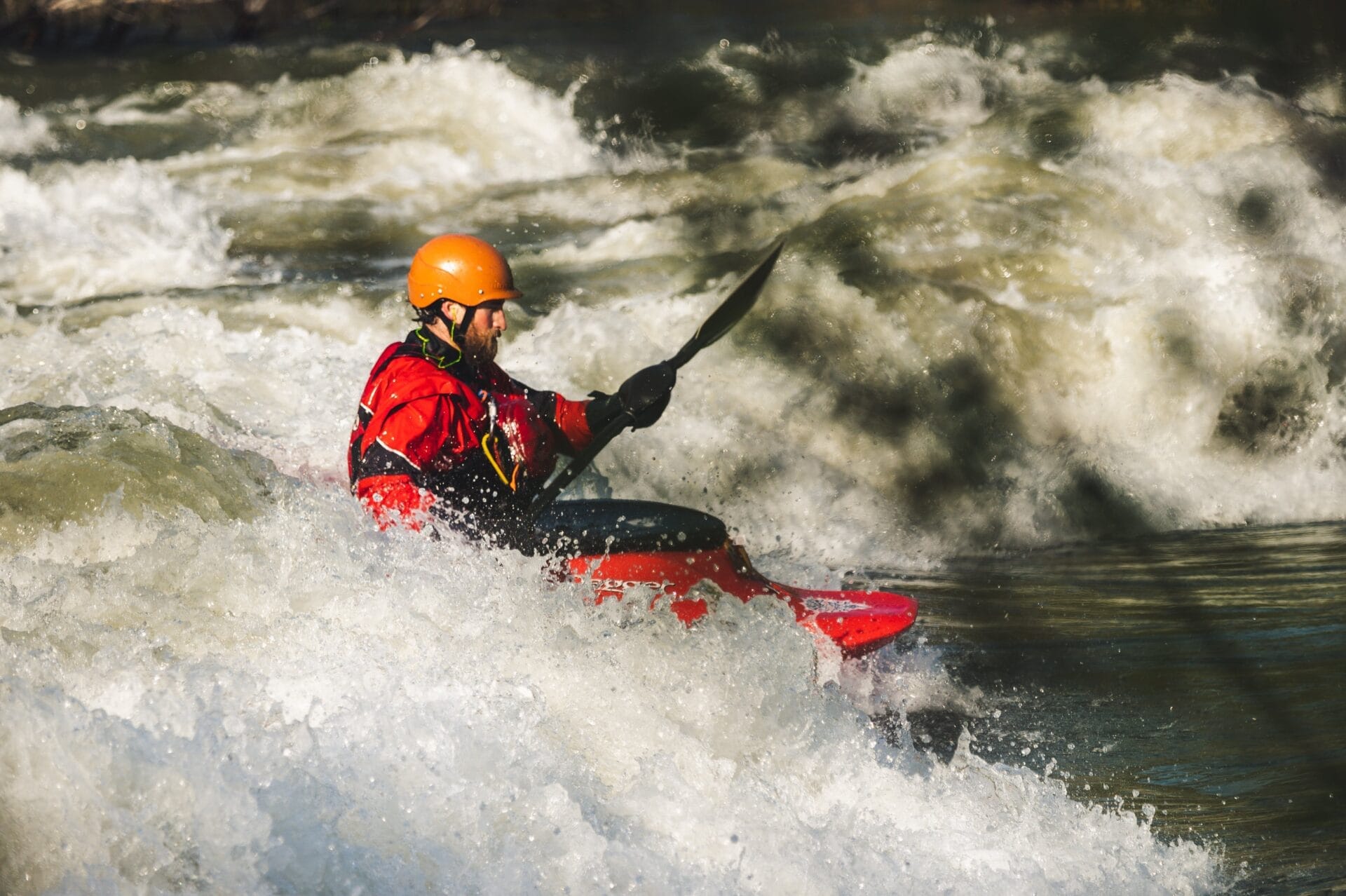Weight limits and safety are two of the most important considerations when it comes to white water rafting. It is essential that all participants understand the potential risks involved, and what appropriate precautions should be taken in order to ensure a safe experience. Understanding the limits of your raft’s weight capacity, as well as the river’s current and rapids, can help you stay safe while having an enjoyable experience on the water. Furthermore, it is important to be aware of any special equipment that may be required for specific rivers or conditions. With this knowledge, you can ensure a great experience while still taking necessary precautions and staying safe.Equipment requirements for white water rafting depend on the type of rafting trip you are taking and the conditions you will be facing. Generally, you will need a life jacket, helmet, and waterproof clothing. You may also need a wetsuit or dry suit depending on the temperature of the water. You should also have a whistle and safety rope to attach yourself to if necessary. Lastly, paddles and an anchor may be necessary depending on the length and difficulty of your trip.
Gear Considerations for White Water Rafting
White water rafting is an exciting and thrilling adventure, but it also requires the right gear to ensure a safe and successful experience. Before heading out on the water, rafters should consider the following gear:
Life Jackets: Everyone participating in white water rafting must wear a properly fitting life jacket at all times. It is important to choose a life jacket that fits comfortably and securely so it will stay in place if a swimmer is thrown into the rapids.
Helmets: A helmet can provide essential protection against impacts with rocks and other obstacles in the river. Helmets should fit snugly and be designed for water activities.
Wetsuits or Drysuits: To stay warm and comfortable while rafting, participants should wear either a wetsuit or drysuit depending on the temperature of the water. Both types of suits provide insulation from cold temperatures and can help prevent hypothermia.
Paddles: Every rafter needs to have a paddle that fits their size and strength as well as their skill level. Paddles come in different lengths, materials, and styles so it’s important to choose one that will work best for each individual rafter.
Footwear: A good pair of shoes or sandals with straps can help protect feet from rocks and debris while rafting. Shoes should be comfortable yet secure enough to stay on during the ride through rapids.
Safety Equipment: In addition to personal gear, each raft should have safety equipment such as rope, repair kits, first aid kits, throw bags, whistles, etc., to ensure safety on the river in case of an emergency.
Having the right gear is essential for an enjoyable white water rafting experience. Taking time to research and select appropriate items beforehand will help ensure that everyone enjoys their time out on the water!
Physical Fitness Requirements for White Water Rafting
White water rafting is a thrilling adventure that requires a certain level of physical fitness. To ensure the safety of all participants, there are certain guidelines that must be followed in order to participate in white water rafting. Participants must be physically fit and able to handle the demands of the activity.
One of the most important physical fitness requirements for white water rafting is a strong upper body strength. Participants must be able to paddle their rafts through rough waters and hold onto the oars when needed. It is also important that participants have adequate balance and coordination as they maneuver their way through rapids and other obstacles.
In addition to upper body strength, participants must also possess good cardiovascular endurance. The activity can be strenuous at times and requires participants to have enough stamina to paddle for extended periods of time without becoming overly fatigued.
Participants should also possess good flexibility and mobility in order to move around the boat quickly and easily while paddling or responding to commands from the guide. Flexibility is also important when it comes to navigating tight spaces or avoiding obstacles while on the river.
Finally, participants should have good swimming skills since they will likely end up in the water at some point during their journey downriver. Although life jackets provide additional protection, knowing how to swim is essential for staying safe on the river.
Overall, having a strong physical fitness level is essential in order to enjoy white water rafting safely and responsibly. It is important that all participants meet these requirements before taking part in this exciting activity!
Weight Limits for White Water Rafting
White water rafting is an adventure sport that many people love to take part in. It requires a certain level of skill and physical fitness to be able to successfully navigate the white water rapids. As such, there are weight limits for white water rafting that must be adhered to in order to ensure the safety of all participants.
The weight limit for a single person participating in white water rafting is typically between 50 and 120 kilograms. This range may vary slightly depending on the type of river or rapids being navigated. The total weight of all passengers in a single raft must not exceed 250 kilograms, and this includes any necessary equipment or supplies.
It is important to note that these limits are in place for safety reasons, and exceeding them can lead to serious injury or worse. All participants should make sure that they meet the weight requirement before embarking on their white water rafting adventure. Additionally, it is important for instructors and guides to adhere to these limits when selecting participants for their groups or tours.
In addition to the weight restrictions outlined above, there are also certain age limits that must be met by participants wishing to take part in white water rafting activities. Generally speaking, most companies do not allow anyone under the age of 12 to participate due to safety concerns. Additionally, those under 16 years of age must be accompanied by an adult or guardian at all times while on the river.
In conclusion, it is essential that all participants adhere to the various weight and age restrictions when taking part in white water rafting activities. Exceeding these limits can lead to dangerous situations which could result in serious injury or even death. All instructors and guides should make sure they are familiar with these regulations so that they can ensure everyone’s safety while out on the river.
Wear a Life Jacket
Wearing a life jacket is one of the most important safety precautions for white water rafting. It is essential to wear a properly-fitted, Coast Guard approved life jacket at all times while rafting. Make sure that the life jacket fits snugly around your body and that the straps are securely fastened. If the life jacket does not fit correctly, it can put you in danger if you fall into the water.
Wear Protective Clothing
It is important to wear protective clothing while rafting. This includes items such as long pants, long sleeves, and closed-toe shoes. This clothing will help protect you from the elements and any obstacles in the river. Additionally, wearing bright clothing will make it easier for your guide to spot you in case of an emergency.
Communicate with Your Guide
Your guide should be aware of your skill level and any concerns you may have prior to getting into the raft. It is important to communicate openly with your guide about any changes or issues that may arise during your trip. If you feel uncomfortable or uneasy about anything during your trip, speak up and let your guide know so they can adjust accordingly.
Follow Instructions
Following instructions from your guide is essential for staying safe while white water rafting. Your guide will be familiar with the river conditions and will be able to provide guidance on how to navigate them safely. Be sure to keep all instructions in mind when navigating through rapids or maneuvering around obstacles.
Be Aware of Surroundings
Pay close attention to what is going on around you while rafting and always remain aware of any potential dangers or hazards that may arise. Be mindful of other rafters and their actions, as well as any obstacles in the river that could cause harm. It is also important to stay alert for changes in weather or water conditions that could put you at risk.
By following these safety precautions for white water rafting, you can ensure a safe and enjoyable experience on the rapids!

River Conditions and Weather Considerations
When planning a fishing trip, anglers must consider the conditions of the river they plan to fish in as well as the weather. River conditions refer to the flow rate, temperature, and clarity of the water. Flow rate is determined by how much water is flowing downstream, which can be affected by recent rain or snowfall. Temperature affects what type of fish will be present in a particular river. Clarity of water can affect visibility for anglers and fish alike.
Weather also plays an important role in fishing trips. Anglers must be aware of both current and forecasted weather conditions before embarking on a fishing trip. Wind speed and direction are important for anglers to know since wind can affect where baitfish will be located as well as how anglers cast their lines into the water. Anglers should also keep an eye on the sky to gauge if any storms may be approaching that could cause dangerous conditions on the river.
By considering both river conditions and weather considerations, anglers can have a successful fishing trip by being aware of both current and future environmental factors that may affect their experience on the water.
Awareness of Local Regulations and Restrictions
It is important to be aware of local regulations and restrictions in order to ensure the safety of the public. Knowledge of local laws and rules helps businesses, organizations, and individuals comply with the regulations in order to avoid any penalties or fines. It can also help prevent accidents and disasters that could potentially harm people or property. Knowing what is allowed and what is not allowed in an area can prevent costly mistakes or missteps that could negatively impact a business or individual.
Understanding local regulations can also help ensure that businesses are operating safely and legally. Not knowing the regulations could leave a business open to liability for violations. It can also put employees, customers, and members of the public at risk in many cases. Being aware of the regulations can help businesses stay ahead of potential issues before they arise.
Having knowledge of local regulations can also be beneficial for individuals who are looking to move into an area or purchase a home there. Knowing what is permitted in a particular area can help someone make an informed decision about where they want to live or do business. This knowledge will give them peace of mind when it comes to understanding all aspects of their new home or business environment.
Overall, it is important for everyone to understand the regulations and restrictions in their area so that they can stay safe, avoid any legal issues, and make informed decisions about where they live and do business. Taking the time to research these laws will pay off in the end by helping protect everyone involved from potential problems down the line.
Adequate Training and Familiarity with Procedures
The importance of adequate training and familiarity with procedures cannot be overstated. Proper training and familiarity with procedures is essential for a successful business. Without it, mistakes can occur, resulting in costly losses and serious repercussions. It is essential that each employee is trained in the specific tasks they will be performing and that they understand the procedures that are in place to protect the company from legal or financial liability. In addition, it is important that employees remain up-to-date on any changes to policies or procedures.
Training should cover all aspects of the job, from understanding the company policies to using the equipment required for the job. It should also include safety protocols, such as how to safely lift heavy objects or use potentially hazardous materials. Training should also cover how to respond to emergency situations and how to follow proper protocols when dealing with customers.
Familiarity with procedures should be reinforced through ongoing training sessions and refresher courses as needed. Employees should understand their role in protecting the company from legal or financial liability, as well as their responsibility for following policies and procedures designed to ensure a safe working environment. Additionally, employees should understand how their work contributes to overall success of the organization.
Adequate training and familiarity with procedures is an essential component of any successful business operation. Properly trained employees are better equipped to handle difficult situations, reducing potential liability risks for the company while helping them remain competitive in today’s market.

Conclusion
Weight limits and safety considerations are essential for a successful and enjoyable white water rafting experience. Having an understanding of the weight limits imposed by different rafting companies, as well as understanding the safety precautions that should be taken, can help ensure that everyone involved in the adventure has a great time. Rafters must always follow the directions of their guide and never attempt to exceed the weight limit, or venture into rapids that are beyond their own skill level. By taking these steps, everyone can enjoy a safe and memorable white water rafting experience.
White water rafting is a thrilling and exciting activity that allows rafters to explore new environments in a unique way. To ensure that every rafter has an enjoyable experience, it is important to understand the safety precautions and weight limits associated with white water rafting. With an understanding of these considerations, rafters can feel confident in their abilities while still being mindful of their own safety and the enjoyment of others.

